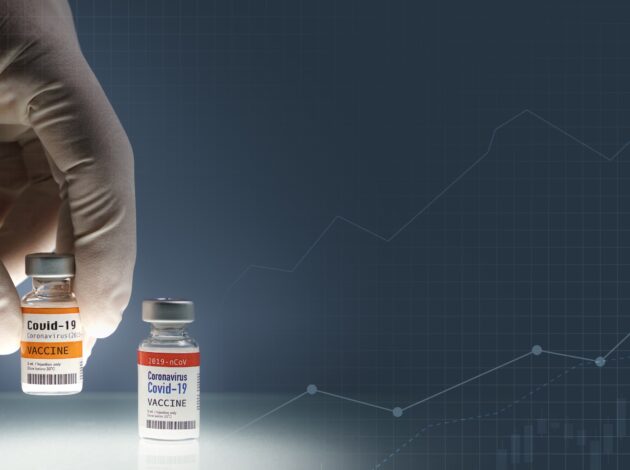The policy response to the pandemic required ONS to record and measure lots of new types of economic activity, such as the test, trace and vaccination programmes. Philip Wales looks at how we are ensuring their impact on the economy will be properly measured.
The arrival of the pandemic in the UK early in 2020 had a profound impact on the public sector, bringing a whole host of new demands on Government and the creation of entirely new services, most notably, the COVID-19 testing, tracing and vaccination programmes. It also meant new challenges for the ONS in measuring a rapidly changing situation.
In the National Accounts, the pandemic created challenges for measuring the output of public services in GDP. These activities – from the fire service to the NHS – have always needed their own approach to measurement: There is no price for putting out house fires or treating broken legs as these services are generally provided free at the point of use and paid for by general taxation.
So our standard approach for these activities is to measure the number of services provided – the number of children in class rooms, the number of broken legs treated – and to combine these together using cost weights to estimate how much output has changed from one period to the next. This approach is regarded as best practice internationally.
The closure of schools consequently created a particular challenge for our measurement: if we stuck with the ‘number of children in school’, we’d have missed all the output produced by teachers who moved quickly to teach many schoolchildren remotely. Here, we sourced new data from TeacherTapp that not only allowed us to adjust GDP to take account of remote learning, but also to examine in detail some of the areas where online learning has struggled to cover the curriculum.
The COVID-19 testing, tracing and vaccination services have also been a challenge to include in GDP. Usually, new goods and services arrive gradually – introduced gently in small numbers and are captured in our statistics while they are still relatively small in size. However, these new COVID-19 services were set up quickly and expanded rapidly: By 30 June 2020, over 6 million COVID-19 tests had been registered; a year later, almost 210 million tests had been registered. The sheer size and scale of these new services required us to use a different approach, so that we could incorporate their contribution in the National Accounts as they emerged from Quarter 2 2020.
Initial estimates for these new services were informed by early expenditure and activity data to capture them as they grew in close to real time. With the release of tomorrow’s GDP statistics, these initial estimates will be replaced with indices which use the same cost-weighted activity approach used elsewhere for public services. These best practice methods will be implemented for all of the new COVID-19 testing, tracing and vaccination services using a range of data from the Department of Health and Social Care and the NHS.
For testing, our new data sources separate the contributions of lab-processed tests (‘PCR’ tests) from self-testing kits (‘lateral flow’ tests) carried out under the so-called ‘Pillar 1’ and ‘Pillar 2’ of the UK’s testing strategy, which cover the large-scale testing activity. We remove privately funded tests, such as those taken in private healthcare or by international passengers, as these are not undertaken by the government and are paid for by consumers.
To measure the volume of output produced by the tracing programme, we use the number of people called and asked to self-isolate. This is based on published weekly statistics on the number of ‘people reached and asked to provide details of recent close contacts’ and ‘close contacts reached and asked to self-isolate’.
To measure the vaccination programme, we use publicly available data to estimate the overall number of vaccines administered, combining the number of first and second doses of vaccines received by individuals. We disaggregate vaccine activity further for our output measure using data from the NHS on vaccine type (Pfizer, AstraZeneca and Moderna) and delivery setting (hospital hubs, vaccination centres and local sites), to give nine different types of activity.
Our new statistics are a considerable improvement on our earlier estimates. These new methods will also provide a more stable and consistent basis for measurement as the UK continues weather the pandemic, as well as a helping to paint a better picture of the profound response of public services to the arrival of COVID-19 in early 2020.
Dr Philip Wales
Head of Public Sector Division
